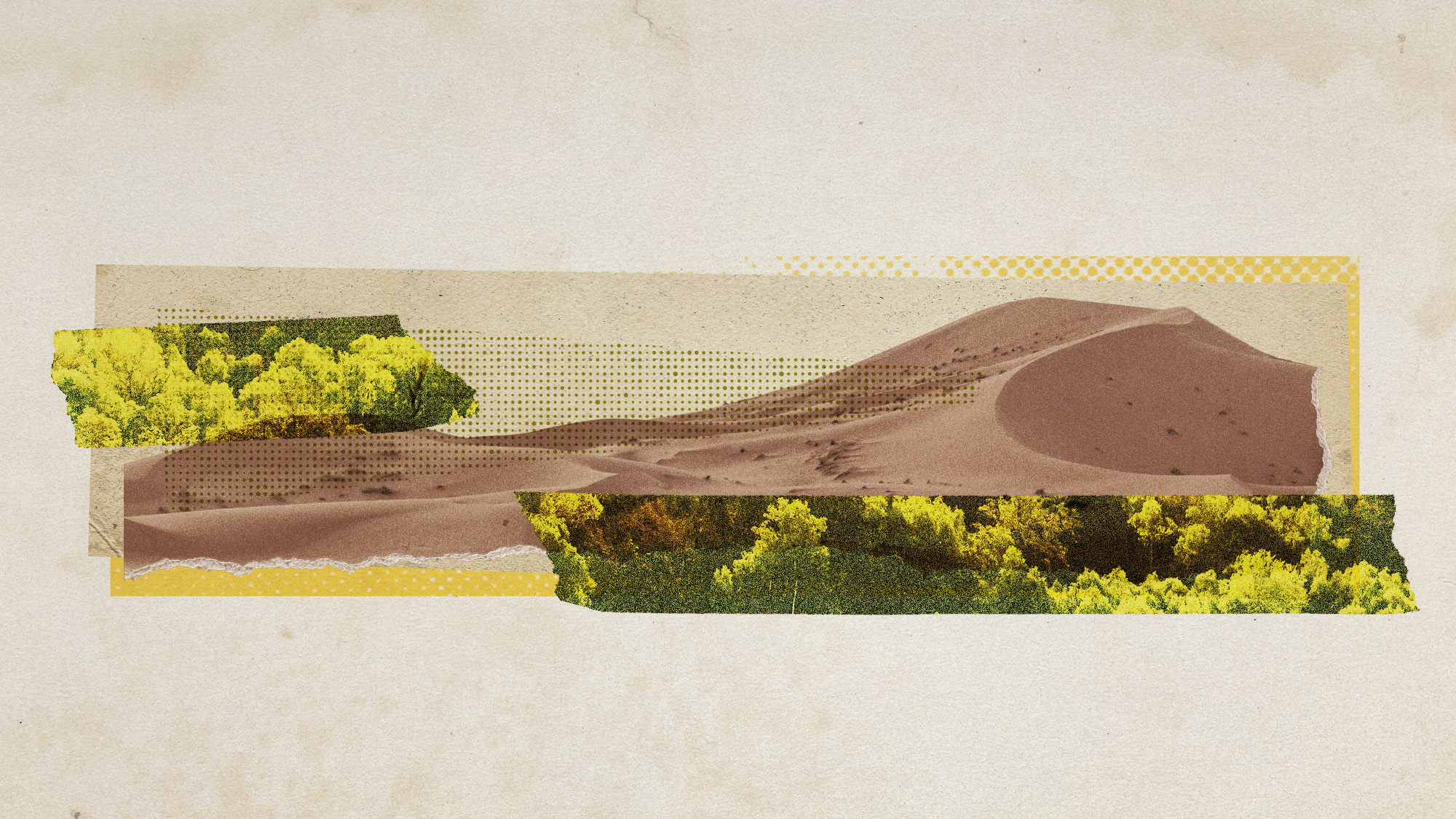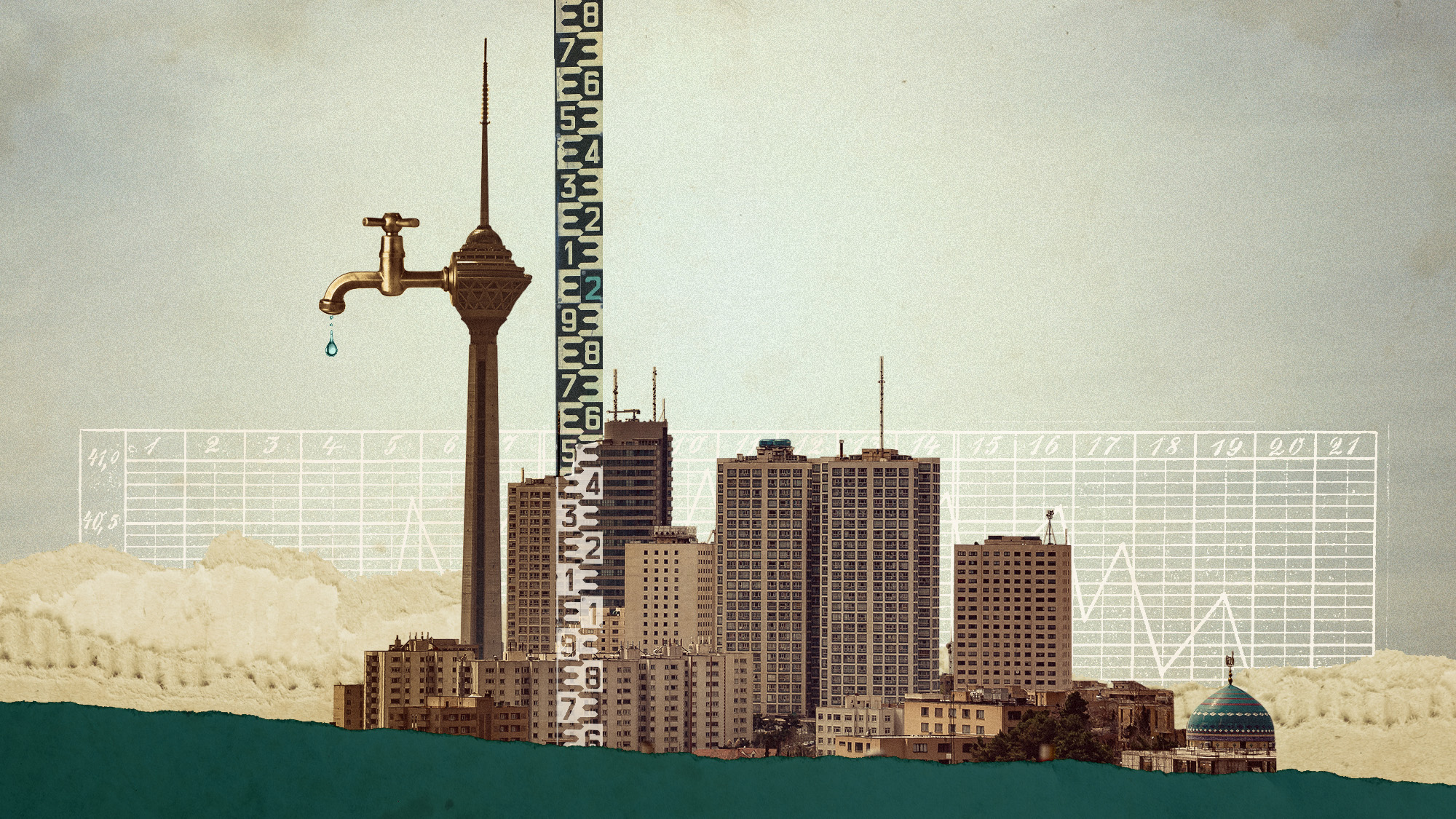The Sahara Desert is turning green
From dry to downpour


The Sahara Desert, located in West Africa, is the largest hot desert in the world. While deserts are traditionally characterized by a dry climate with low levels of vegetation, the Sahara has been much greener than usual as of late — mainly due to climate change.
From brown to green
Between July and September every year, rainfall north of the equator in Africa increases due to monsoon season. Such stormy weather occurs when the tropical air from near the equator meets the hot, dry air from the north of the continent. This boundary is called the Intertropical Convergence Zone (ITCZ). The ITCZ "shifts north of the equator in the Northern Hemisphere's summer months," and "sags south of the equator during the Southern Hemisphere's warm months," said CNN.
However, the ITCZ "moves farther north the warmer the world gets," Karsten Haustein, a climate researcher at Leipzig University in Germany, said to CNN. "At least, this is what most models suggest." The boundary has pushed farther north this year than is typical, making portions of the Sahara Desert two times to six times wetter than normal. "The Northern Hemisphere, as there is more land than the Southern Hemisphere, tends to warm up more and hence it could push the ITCZ further north," Francesco S.R. Pausata, an atmospheric science professor at the University of Quebec, said to The Washington Post.
The Week
Escape your echo chamber. Get the facts behind the news, plus analysis from multiple perspectives.

Sign up for The Week's Free Newsletters
From our morning news briefing to a weekly Good News Newsletter, get the best of The Week delivered directly to your inbox.
From our morning news briefing to a weekly Good News Newsletter, get the best of The Week delivered directly to your inbox.
The largest increase in greenness this year was in southern Chad, southern Sudan and Eritrea; parts of Mali, Niger, Chad, Sudan and Eritrea had the biggest increases in rainfall. One sudden wave of lushness followed an extratropical cyclone in the northwestern Sahara on September 7 and 8, which brought a downpour of rain to regions that hardly receive any, according to NASA's Earth Observatory. "What's also fascinating is that normally dry lakes in the Sahara are filling due to this event," Moshe Armon, a senior lecturer at the Institute of Earth Sciences and the Hebrew University of Jerusalem, said in an Earth Observatory release.
Climate consequences
The northward shift of the ITCZ and the greening of the Sahara likely have two catalysts: the transition from El Niño to La Niña and worsening climate change. "El Niño — a natural climate pattern marked by warmer than average ocean temperatures in the equatorial Pacific — typically leads to drier than normal conditions in the wet portions of West and Central Africa," said CNN. " La Niña, or even a budding one, can have the opposite effect." Climate change is also warming the region, forcing the ITCZ boundary higher. In addition, higher CO2 emissions, like those from fossil fuels, may cause the ITCZ to shift more often, according to a study published in the journal Nature.
Not only can climate change affect the ITCZ, but the ITCZ can affect the climate. The recent greening of the Sahara may also be tied to a calmer-than-usual Atlantic hurricane season. "Because tropical waves spawned by the ITCZ are exiting Africa into the Atlantic Ocean farther north than usual, they have been encountering cooler air and waters, which can limit the potential for [hurricane] development," said the Post.
The increased rainfall has so far put 4 million people in 14 countries at flood risk, according to the World Food Programme. Also, with some regions receiving more rain than usual, others have received less, putting them in danger of drought. "Every single event is affected by climate change," Haustein said.
A free daily email with the biggest news stories of the day – and the best features from TheWeek.com
Devika Rao has worked as a staff writer at The Week since 2022, covering science, the environment, climate and business. She previously worked as a policy associate for a nonprofit organization advocating for environmental action from a business perspective.
-
 ‘This is a structural weakening of elder protections’
‘This is a structural weakening of elder protections’Instant Opinion Opinion, comment and editorials of the day
-
 4 tips to safeguard your accounts against data breaches
4 tips to safeguard your accounts against data breachesThe Explainer Even once you have been victimized, there are steps you can take to minimize the damage
-
 The Week's year-end quiz
The Week's year-end quizPuzzles and quizzes Test how well you followed the news with our year-end quiz
-
 Crest falling: Mount Rainier and 4 other mountains are losing height
Crest falling: Mount Rainier and 4 other mountains are losing heightUnder the radar Its peak elevation is approximately 20 feet lower than it once was
-
 Death toll from Southeast Asia storms tops 1,000
Death toll from Southeast Asia storms tops 1,000speed read Catastrophic floods and landslides have struck Sri Lanka, Indonesia, Thailand and Malaysia
-
 Can for-profit geoengineering put a pause on climate change?
Can for-profit geoengineering put a pause on climate change?In the Spotlight Stardust Solutions wants to dim the sun. Scientists are worried.
-
 How will climate change affect the UK?
How will climate change affect the UK?The Explainer Met Office projections show the UK getting substantially warmer and wetter – with more extreme weather events
-
 Can the UK do more on climate change?
Can the UK do more on climate change?Today's Big Question Labour has shown leadership in the face of fraying international consensus, but must show the public their green mission is ‘a net benefit, not a net cost’
-
 Did Cop30 fulfil its promise to Indigenous Brazilians?
Did Cop30 fulfil its promise to Indigenous Brazilians?Today’s Big Question Brazilian president approves 10 new protected territories, following ‘unprecedented’ Indigenous presence at conference, both as delegates and protesters
-
 Can the world adapt to climate change?
Can the world adapt to climate change?Today's Big Question As the world gets hotter, COP30 leaders consider resilience efforts
-
 Taps could run dry in drought-stricken Tehran
Taps could run dry in drought-stricken TehranUnder the Radar President warns that unless rationing eases water crisis, citizens may have to evacuate the capital
